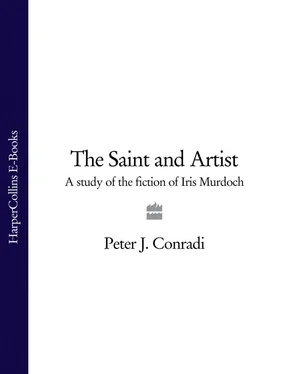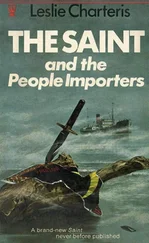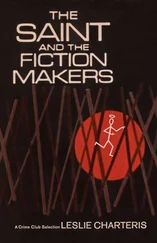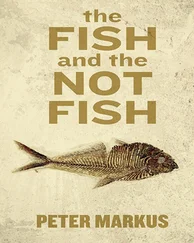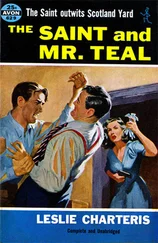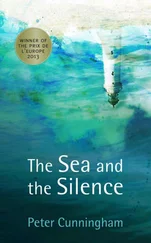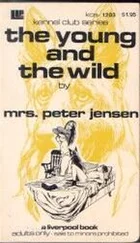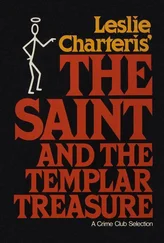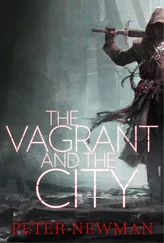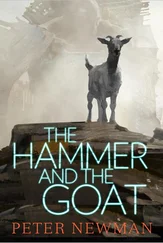As its title implies, The Sandcastle is much concerned with notions of form and permanence. Rain had been brought up on the tideless Mediterranean, where the sand was too dry to make a sandcastle. She finally tells Mor that, since he would have had to give up his political ambitions and his children for her, their affair would have been ‘all dry sand running through the fingers’ (300). Characters are throughout realised by their aesthetic preferences. Nan likes matching colour-schemes and moves everything in the house around as an expression of her need for control and territory. Demoyte lives in the magnificence of superimposed Persian rugs, drowning in splendour. Evvy’s apartments are drably unimaginative, and Bledyard characteristically lives in a stripped room, void of colour or comfort: ‘The floor was scrubbed and the walls whitewashed. No picture, no coloured object adorned it. The furniture was of pale wood and even the bed had a white cover’ (51). This recalls Hugo’s bedroom in Under the Net. Goodness, for Murdoch, depends on stripping away the consolations of a private world. Most art, like most morality, is a necessary realm of compromise and second-best.
The theme of the artist and the saint lies at the heart of An Unofficial Rose (1962) in the marriage of Ann and Randall Peronett, and is early dramatised in the row Randall stages to provide himself with a pretext for cutting loose and joining his mistress. A.S. Byatt has rightly drawn our attention to the book’s Jamesian qualities. 9 James continues to haunt Murdoch at least until Nuns and Soldiers (1980), which partly reworks the plot of The Wings of the Dove. Here there is ‘beautiful’ speech, periphrasis on the part of the narrator, and the creation of a decorous golden world. Jane Austen is another presence, and Hugh presents Miranda with her works.
An Unofficial Rose is set in a Tatler world of two neighbouring Kentish houses and concerns the manoeuvrings which follow the death of Fanny Peronett. The title refers to the dog-rose of Rupert Brooke’s 1913 poem ‘The Old Vicarage, Grantchester’, which, unlike the orderly flowers of Berlin, where Brooke is composing his poem, he perceives as sweetly undisciplined and ‘unkempt’. The poem, itself an improvisation, hinges on the conceit that nature in Germany is punctual and formally ordered, while in England it is gloriously free.
Thus Randall, a would-be artist too rapacious to succeed, is offended by his wife’s formlessness and feels stifled by her capacity for self-sacrifice. He lives for and inhabits a stylish world, farming cultivated roses, and objects to Ann in that she is as ‘messy and flabby and open as a dogrose’ (37). Ann is busy and unselfish and, while not odd as Bledyard is odd, has a shy awkwardness and stubborn self-withholding that offends Randall. In The Red and the Green (1965) the artist Barnie is similarly hurt by his good wife Kathleen’s unyielding, passive stoicism. Such virtuous characters have a special negativity which refuses the imagination of those they live with, perhaps a consequence of how hard they work at not imagining wrong. Such deliberate gracelessness offers the onlooker no imaginative foothold. This seems a just perception, and I know of no other novelist capable of making the point, or of relating it to the virtues of the artwork itself, since art depends on style and stylishness, and requires and feeds off form. ‘Goodness accepts the contingent. Love accepts the contingent. Nothing is more fatal to love than to want it to have form,’ the sententious vicar Douglas Swann says ( UR 130). Art, in making its pact with contingency, must however embrace enough to test its own form without yielding to banality.
Freedom, too, is a subject of the book. Characters are frequently surprised when actions they had planned and claimed for themselves turn out to have been partly engineered by others. Randall discovers that his action in stealing Lindsay Rimmer from the aged detective-story writer Emma Sands, to whom she had been companion, was at least partly connived at by Emma: ‘His action was stolen from him’ (202). In direct contrast Ann finds that her inability to claim Felix Meecham for herself, despite their mutual love and despite her desertion by Randall, was worked at by her daughter Miranda, who was in love with Felix herself: ‘She had been part of someone else’s scheme’ (325). Randall, typically, resents this threat to his supremacy. Ann, as typically, does not.
This is not to say that even the most powerful and worldly characters can ever fully ‘own’ their actions. All have to suffer their own unfreedom, but do so with a difference. Even the ‘witch-like’ Emma, despite the tough and very quick-witted front she puts on, is after all abandoned first by Hugh, then by Lindsay, and is about to die. The prissily unappealing Miranda, who ensures her mother’s disappointment, is thwarted herself; and it is not impossible that Ann will get Randall, whom she still loves, back in the end.
If there is a pecking order in the book it has at the top not the ‘freest’ characters but simply those who most acutely and earthily see how things are. Lacking a taste for the fantasy of an unconditioned world, they thereby possess a power denied to those deluded by the notion of freedom. The theme recurs in Nuns and Soldiers. The whole complicated imbroglio of love and passion is held in being as the unstable product of a variety of different wills.
In relation to this pecking order Ann is the most passive and acquiescent, and Emma the most cunning and authoritative of the moral agents. Murdoch’s different sympathy for both seems clear. There is energy if not approval behind Emma, and like her near-homophones Honor in A Severed Head and Hannah in The Unicorn – and, though rather differently, Millie in The Red and the Green – she is a psychopomp, one who leads the others towards some ambiguous wisdom. That her detective stories hilariously champion a hero of the will (‘Marcus Boode’) suggests that we are not to take her without irony. She is, however, earthy, witty, wise, and speaks always with a humorously forthright dryness, for a practical politics of the emotions. Compared with the men who surround her, she represents the toughness of commonsense itself. On her single visit to Grayhallock it takes her only a matter of minutes to intuit the various relationships.
The men in this book, as so often in Iris Murdoch, are weak and poor things who seem to be chasing phantoms. The women often provide ‘all the warmth and sense of the world’ ( AM 324). The soft and romantic ‘ninny’ Hugh Peronett wishes to pick up with Emma after having dropped her twenty-five years earlier. His equally romantic if more caddish son Randall wants to ditch his wife for the sexy Lindsay. In wanting to reverse time (Hugh), or negate it (Randall), or simply escape (Felix’s brother-in-law Humphrey) , the men compare ill with the tougher-willed and more realistic women. Since the attempt to behave well can sometimes be accompanied by a new self-regard, Murdoch’s respect can sometimes go to the character who, while not behaving most ‘beautifully’, is at least not stupefied by self-importance. Mildred, who is guileful too, reflects some of her rival Emma’s practical horse-sense.
There is much in An Unofficial Rose to hold the interest, both in the intricate story and also in the touching respect which the author never loses for the love affairs of what are sometimes elderly people – Hugh is sixty-seven. Here as in Bruno’s Dream she paints the love affairs of the middle-aged without a trace of condescension. Few other ‘liberal’ novelists could have given us the sympathetic portrait of Felix Meecham the soldier, if only because his profession would at once have earned their mistrust.
Читать дальше
